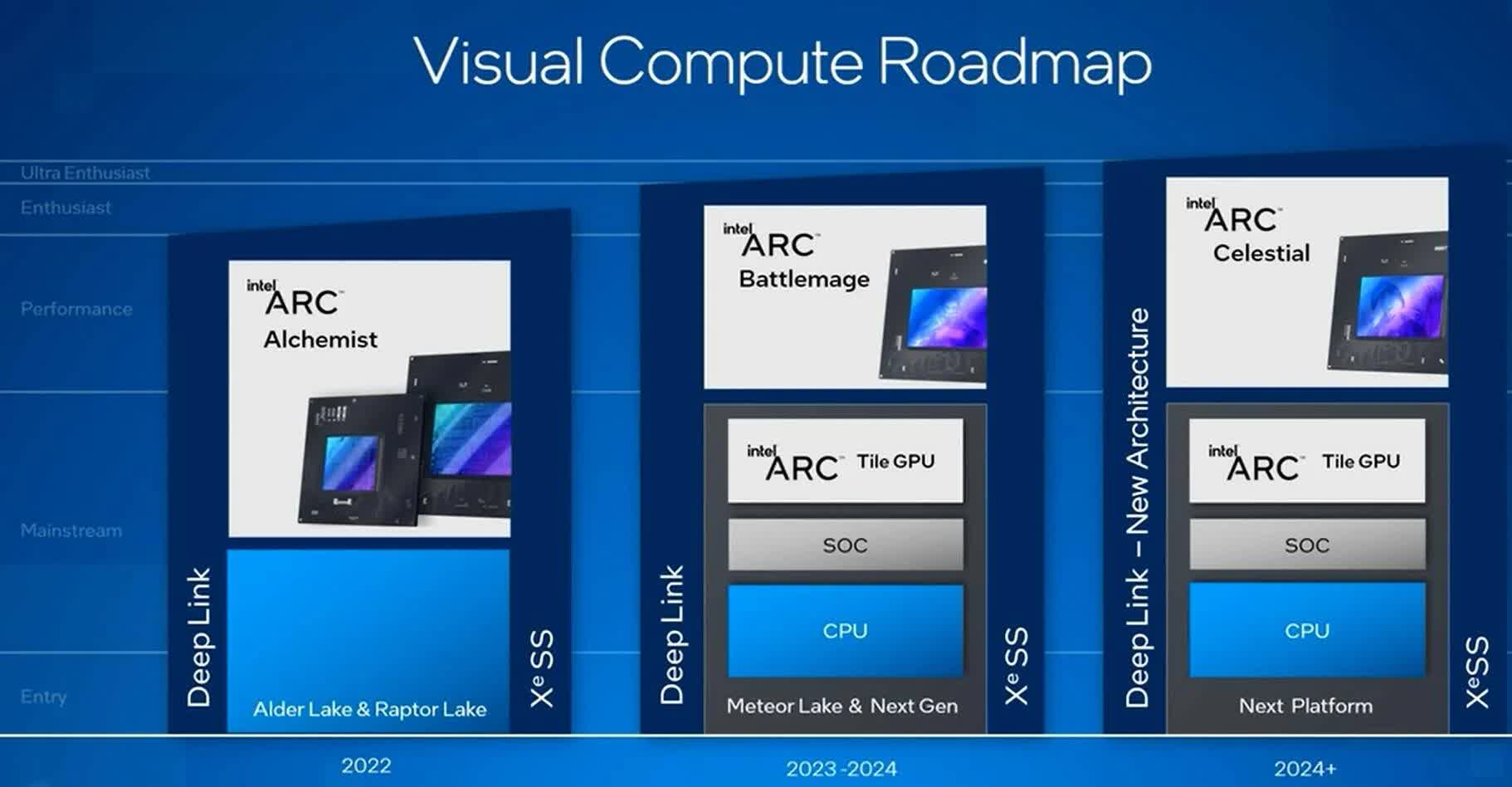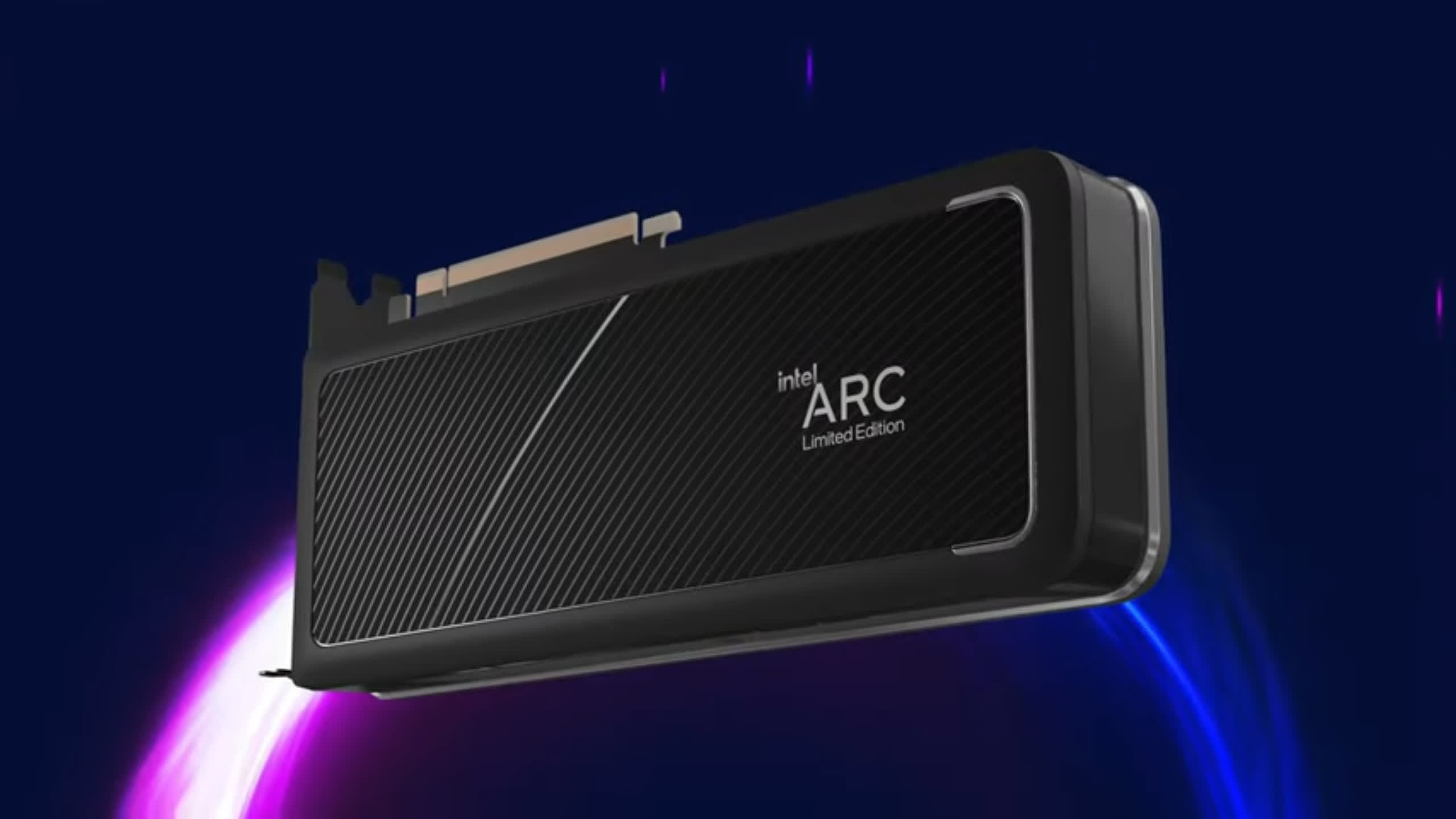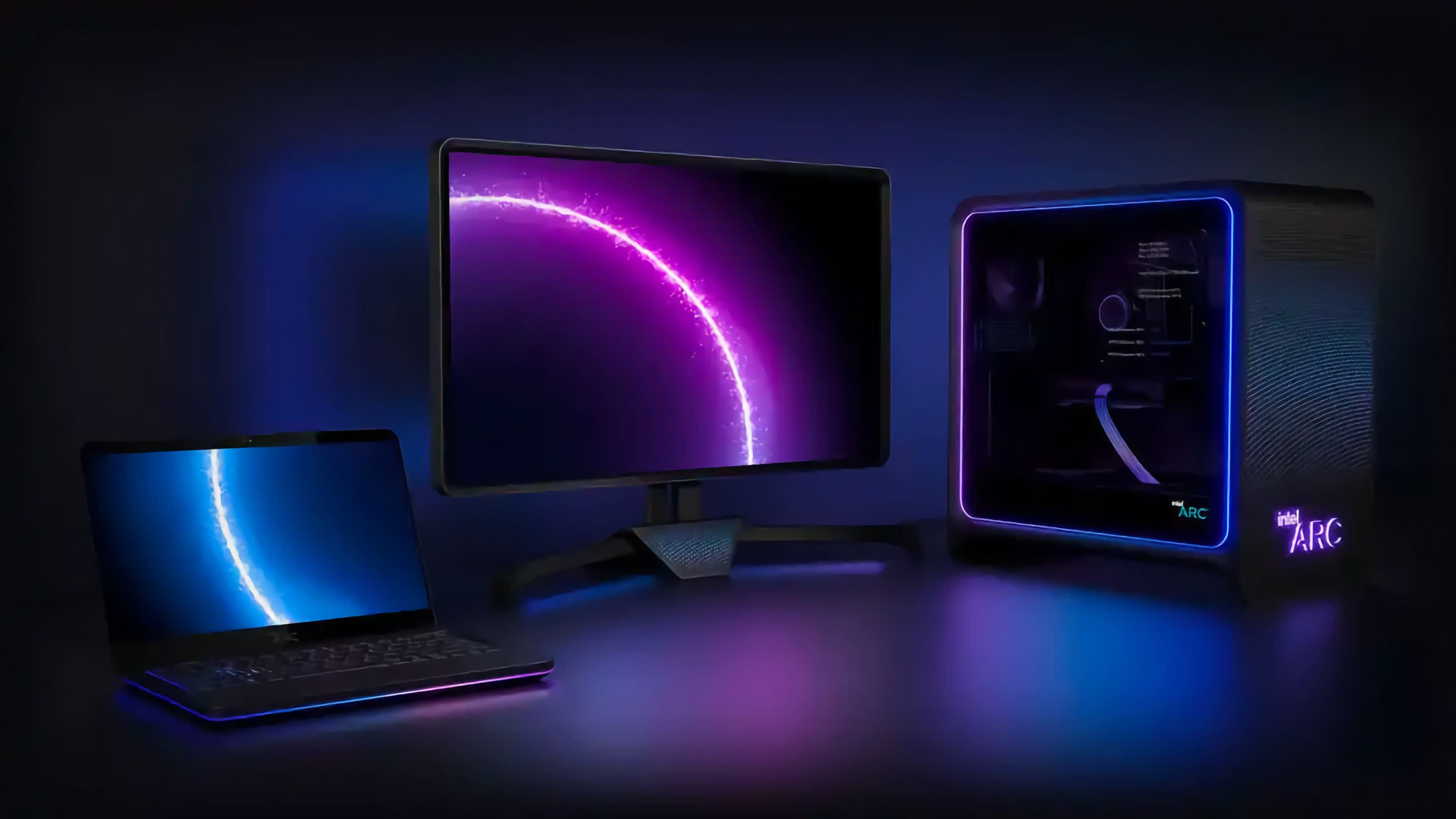In context: Intel's original eXascale for everyone (Xe) architecture roadmap read something akin to a bowl of alphabet soup. It focused on low power (Xe-LP), high performance (Xe-HP), high-performance compute (Xe-HPC), and high-performance graphics (Xe-HPG) technologies. While the rollout wasn't exactly what some would call smooth, it's provided Intel with an opportunity to gather a great deal of valuable market information, lessons learned, and customer feedback.
A recent HardwareLUXX interview with Intel Fellow Tom Petersen outlined how Intel used the collected information to renew their approach to graphics technology development. The original Xe architecture focused on four distinct microarchitectures, which resulted in delivery delays, cancellations, and less-than-stellar software releases.
Intel's new Xe2 architecture approach looks to narrow that focus and reinvigorate the company's offerings in low power, high power, and data center solutions.
According to Petersen, Intel's Xe2 "Battlemage" architecture will be split into two: Xe low power graphics (Xe-LPG) and Xe-HPG. The move is intended to help Intel better manage its intellectual property and focus on delivering real, usable, scalable solutions by leveraging reusable IP across sectors while reducing the overall number of GPU variants produced.

Limiting the number of variants required to support integrated, desktop, and data center solutions will allow Intel to better leverage hardware and software solutions and efficiencies across all sectors.
For example, driver and software development can be designed and serve as a basis for all classes of GPU, rather than requiring wholly different solutions for each type of hardware.
Intel's current line of Arc Battlemage GPUs will be the first of the Xe-HPG variants; however, they won't likely be available until early 2024. The low-power, integrated Xe-LPG architecture will reportedly be featured in Intel's new Meteor Lake family of processors, marking a departure from the company's Iris Xe integrated graphics solution.

The change in direction comes at a good time for Team Blue. Arc A750 and A770 drivers and software, both of which left much to be desired at initial release, have continued to improve dramatically.
So much so that Intel's rookie GPUs have been named in several lists of well-valued, mid-range GPUs that provide excellent price-to-performance. The most recent bumps in performance, stability, and customization are attributed to the recent 4091 driver update as well as Intel's new and improved Arc Control interface.
